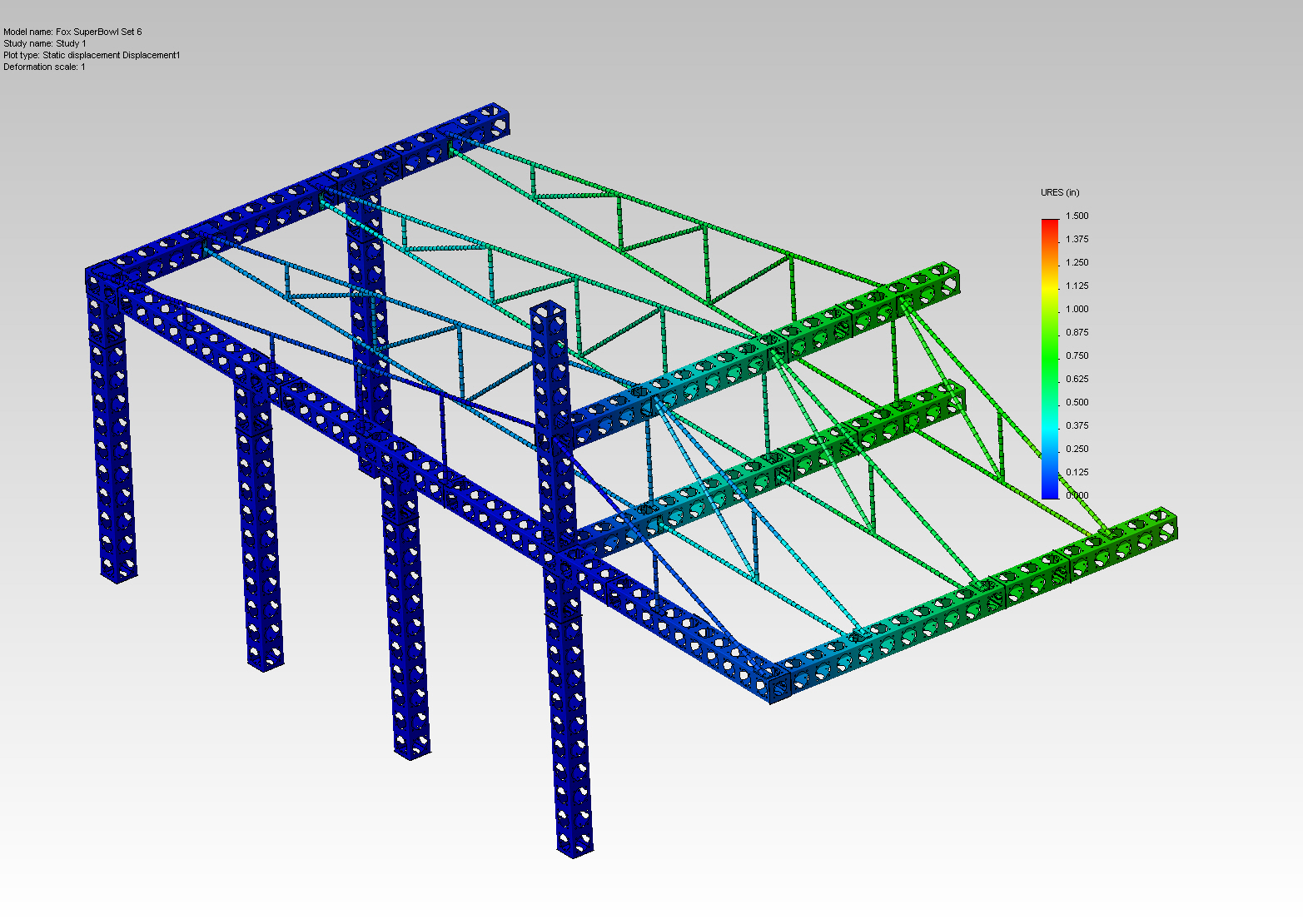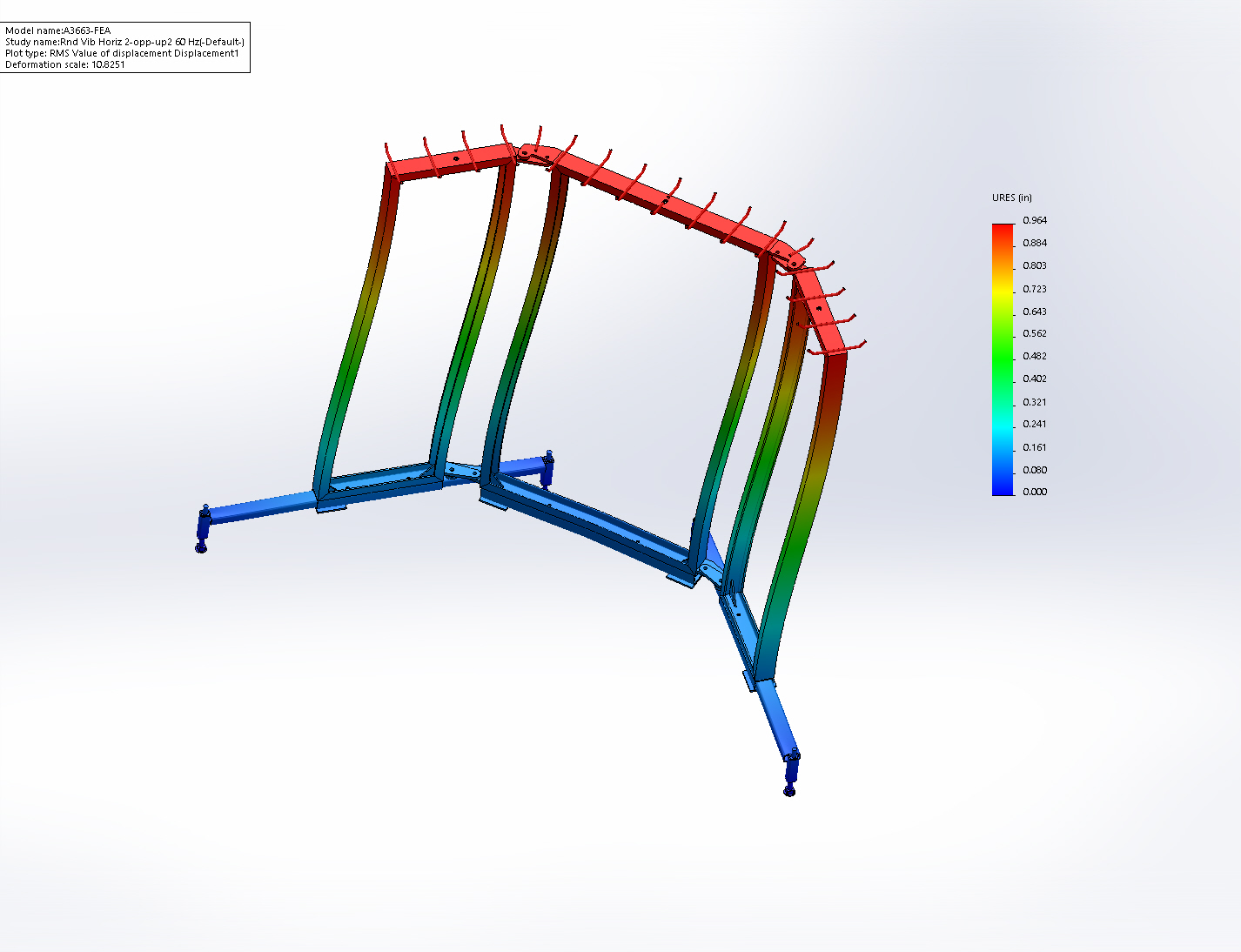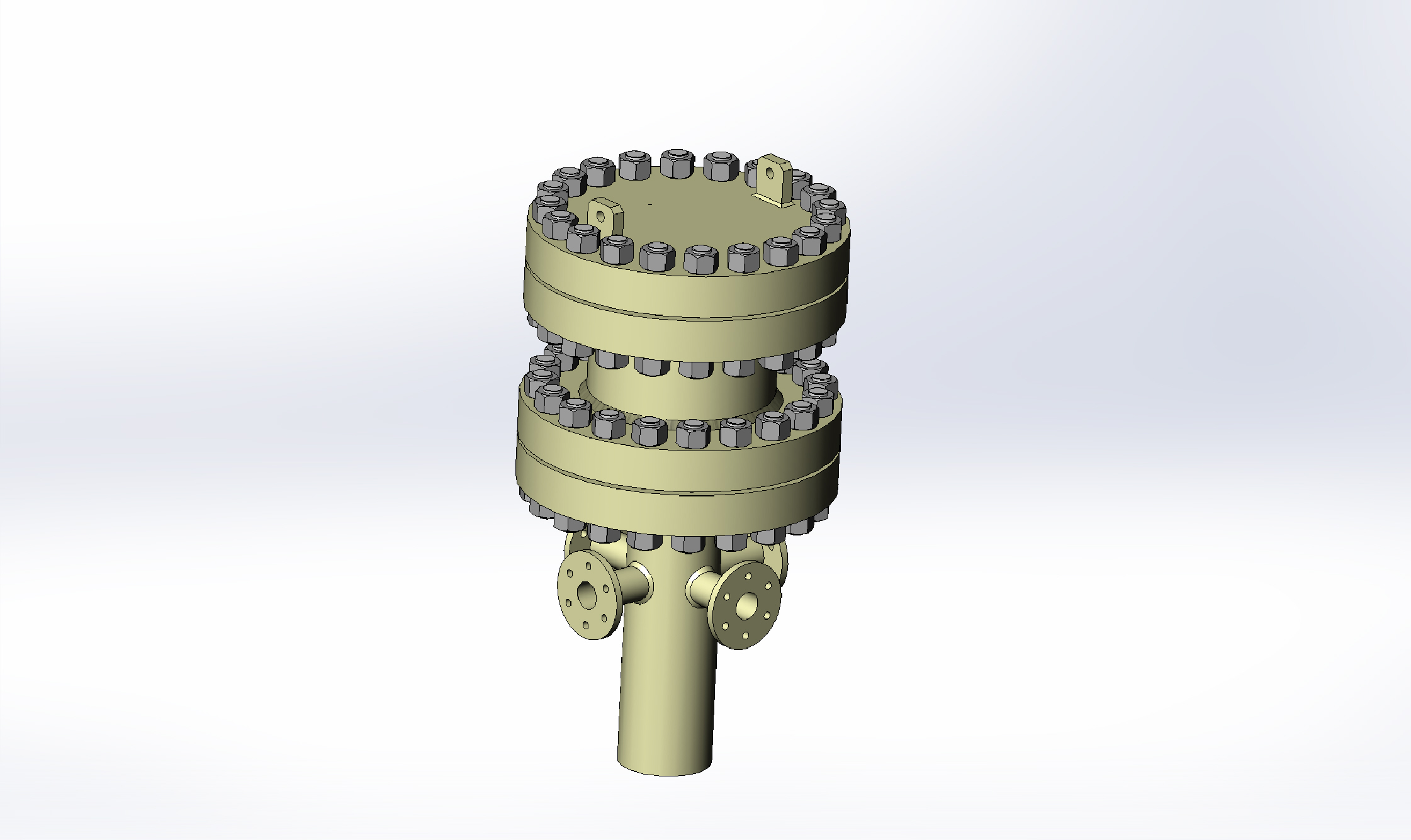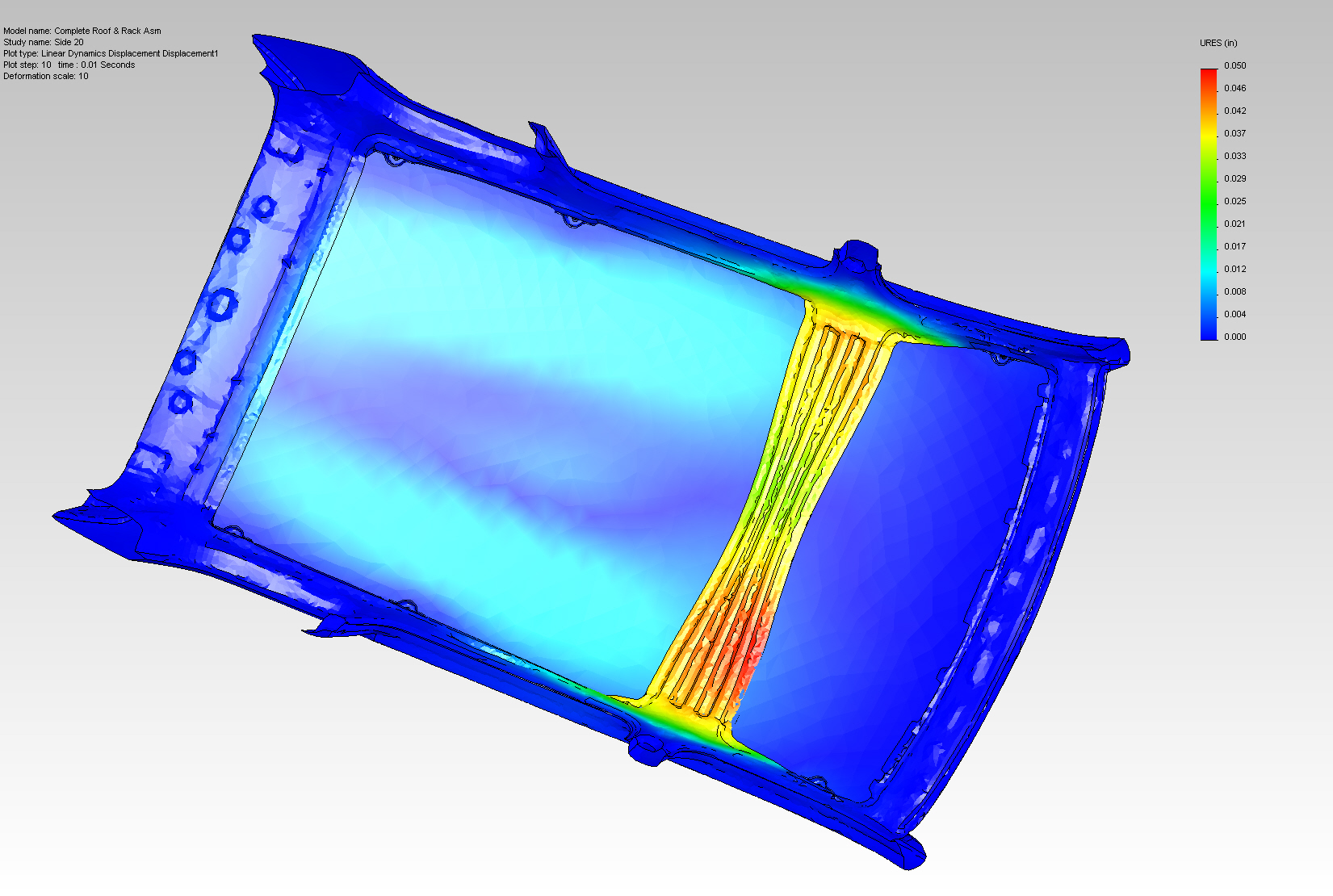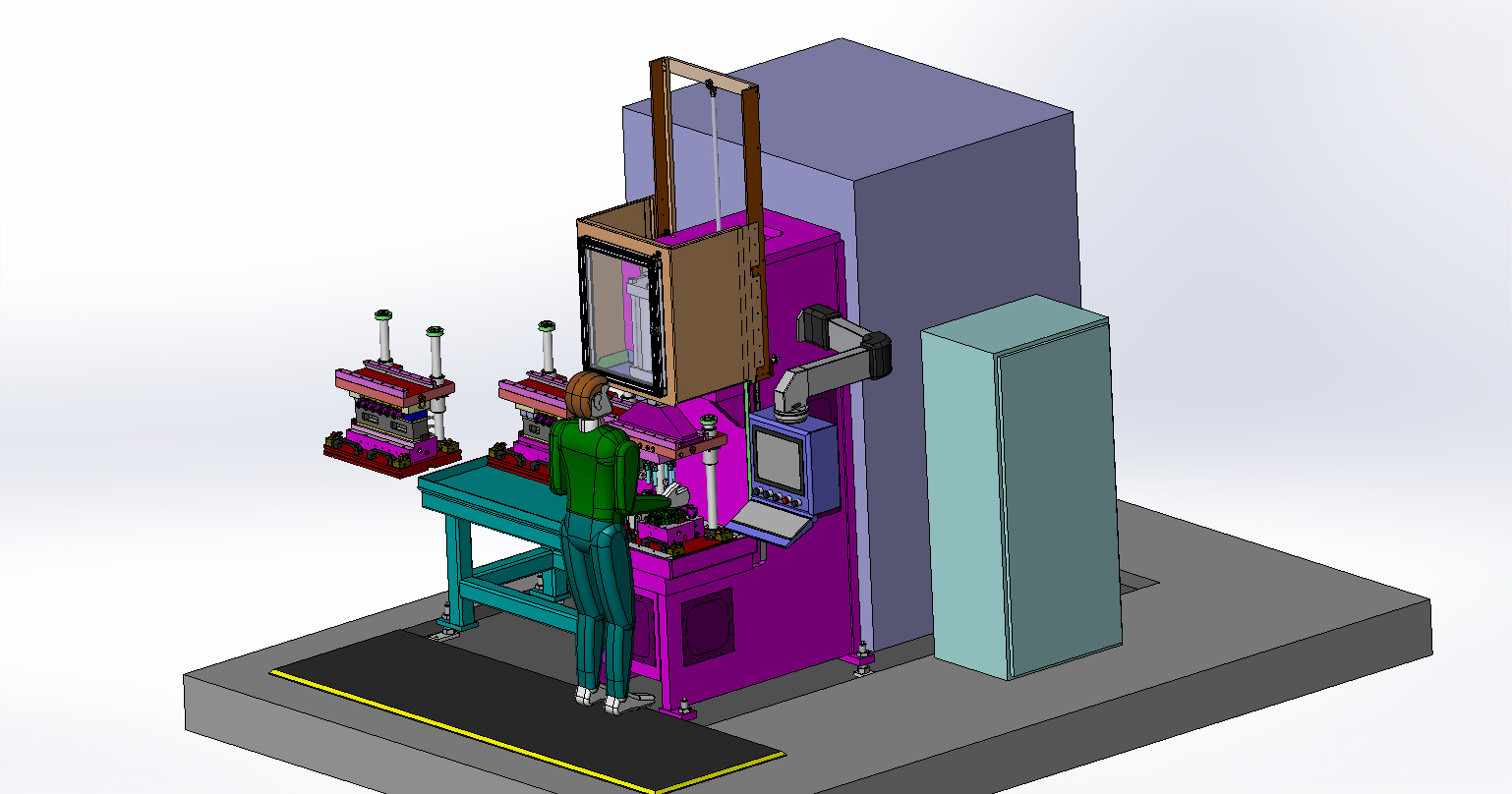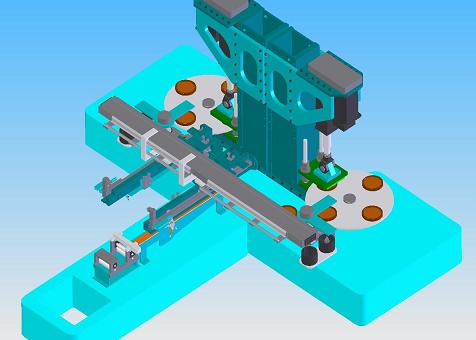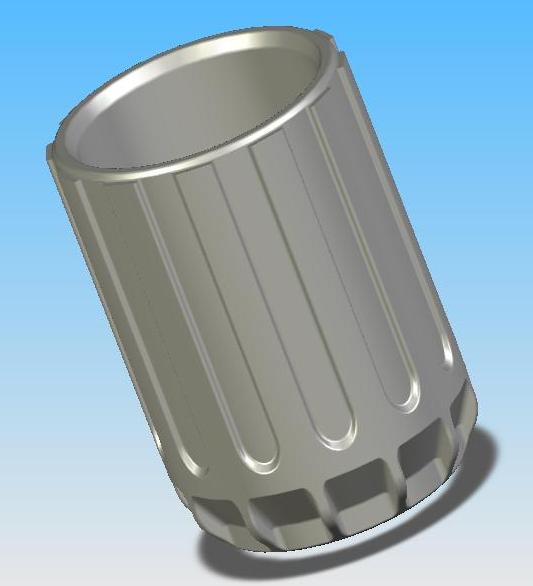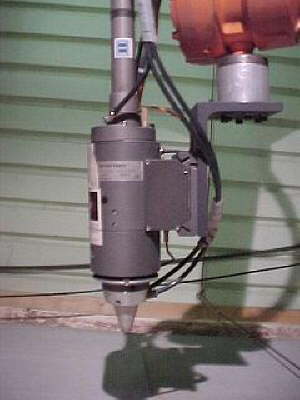Analysis & Simulation
Innalytical Solutions uses various tools to simulate and/or analyze mechanisms of all types. We use Finite Element Analysis (FEA) to conduct structural analysis of mechanical components and assemblies. We can also provide graphical simulations (animations) of mechanical assemblies.
Our founder has been using FEA for over 35 years. Please review our collection of sample projects below.
Client Comments
We have had the pleasure of working with Paul for many years and he is very thorough and professional. Paul is a highly skilled engineer and completely hands on person. I would highly recommend Paul for anything in the scope of engineering and problem-solving.
Sample Analysis / Simulation Projects
What is FEA?
According to Wikipedia, the finite element method (FEM) is a numerical method for solving engineering problems. It is also referred to as finite element analysis (FEA). The analytical solution of these problems generally require the solution to boundary value problems for partial differential equations. The FEM formulation of the problem results in a system of algebraic equations. The method yields approximate values of the unknowns at discrete number of points over the domain.
To solve the problem, it subdivides a large problem into smaller, simpler parts that are called finite elements. The simple equations that model these finite elements are then assembled into a larger system of equations that models the entire problem. FEM then uses variational methods from the calculus of variations to approximate a solution by minimizing an associated error function.
The SimiScale website has a more complete explanation that is worthwhile reading.

